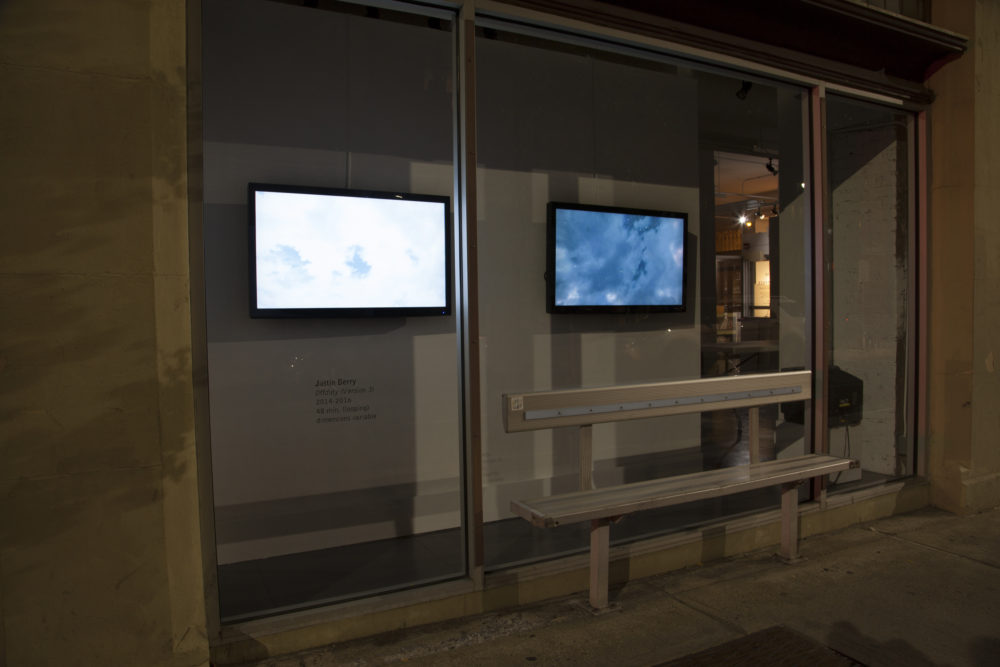"Photographs" at Essex Flowers
Reviews:
Art Review Magazine
Art News
Medium
Press Release
Over the course of the shoot, in order to get the pictures he wanted, Justin Berry had to kill more than one person. He was forced to wander the woods and kill wild animals for their meat and skin, crafting the equipment he needed to survive. At one point he even had to kill a tiger with only his belt knife.
That these experiences took place within a video game does not render them without relevance. In a world where many of us find our loved ones, our friends, and our occupations through assumed online personalities, framing the gaze of our avatars has never been more relevant or more necessary.
"...Berrys flaneur is entirely his own, more Walter Benjamins detective and less Baudelaires voyeur, charting the extents of the overlooked terrain of the digital Anthropocene, an artificially produced nature created by countless anonymous videogame designers."1
His photographs are composed of screen captures, often more than a hundred, stitched together to create a seamless and high resolution image of a world never meant to be seen with such clarity. By examining the virtual context through the language of photography, Berry begins establishing a vocabulary for finding meaning within our highly mediated world.
"...a composite of composites, as every pixel has been rendered from millions of lines of code and pre-existing textures created by the games designers, captured within the experience of the game itself (one notorious for its violence and militarism), and ultimately manipulated by Berry. In its artifice, it reveals all the artifice of image-making itself."2
1 Tasman, David Andrew. "Video Paradise: Beauty in a Time of Violence", PIN-UP Magazine, Issue 18
2 Bridle, James. "Video Game Photography", Frieze Magazine, Issue 173
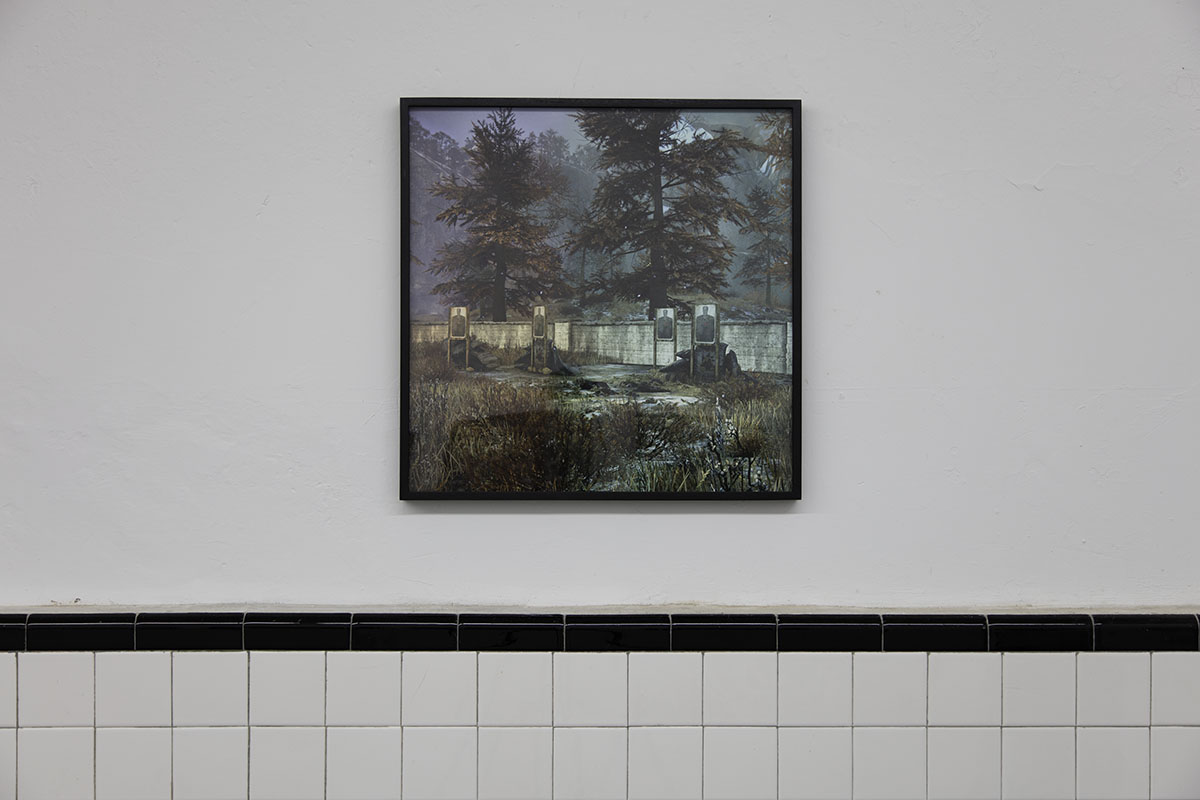
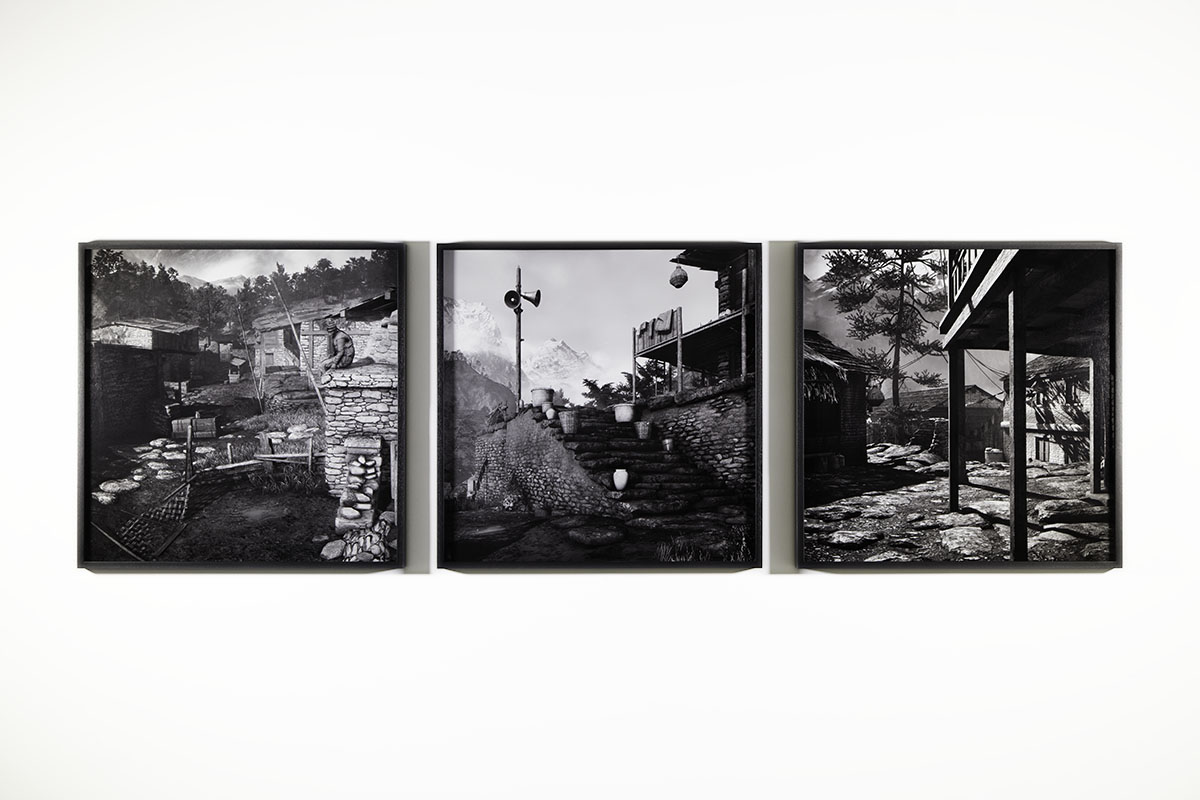
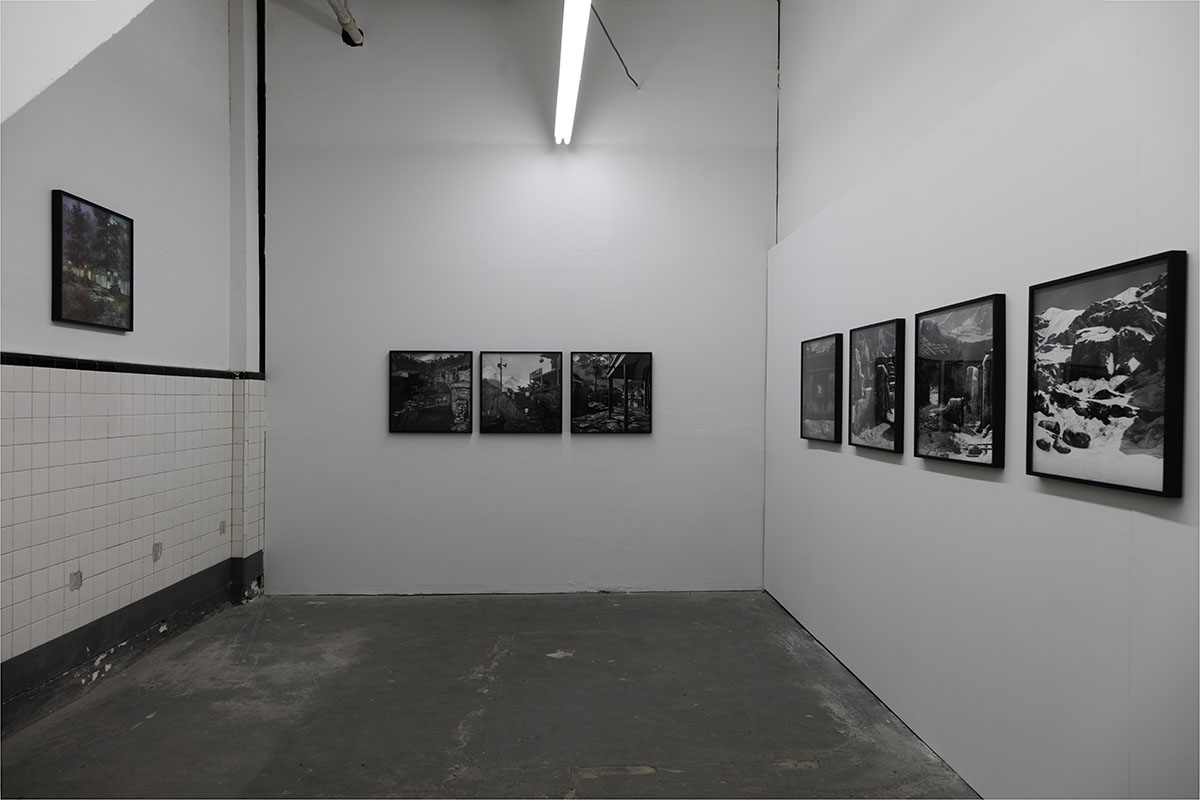
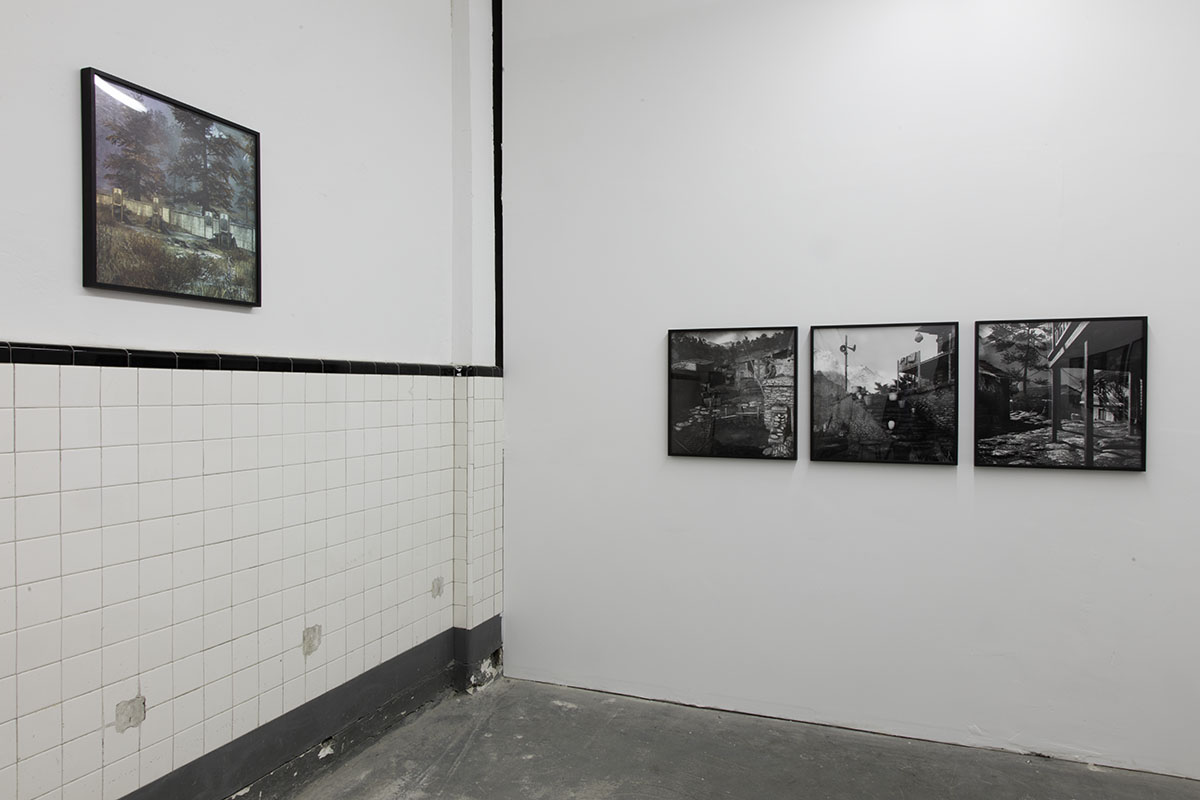
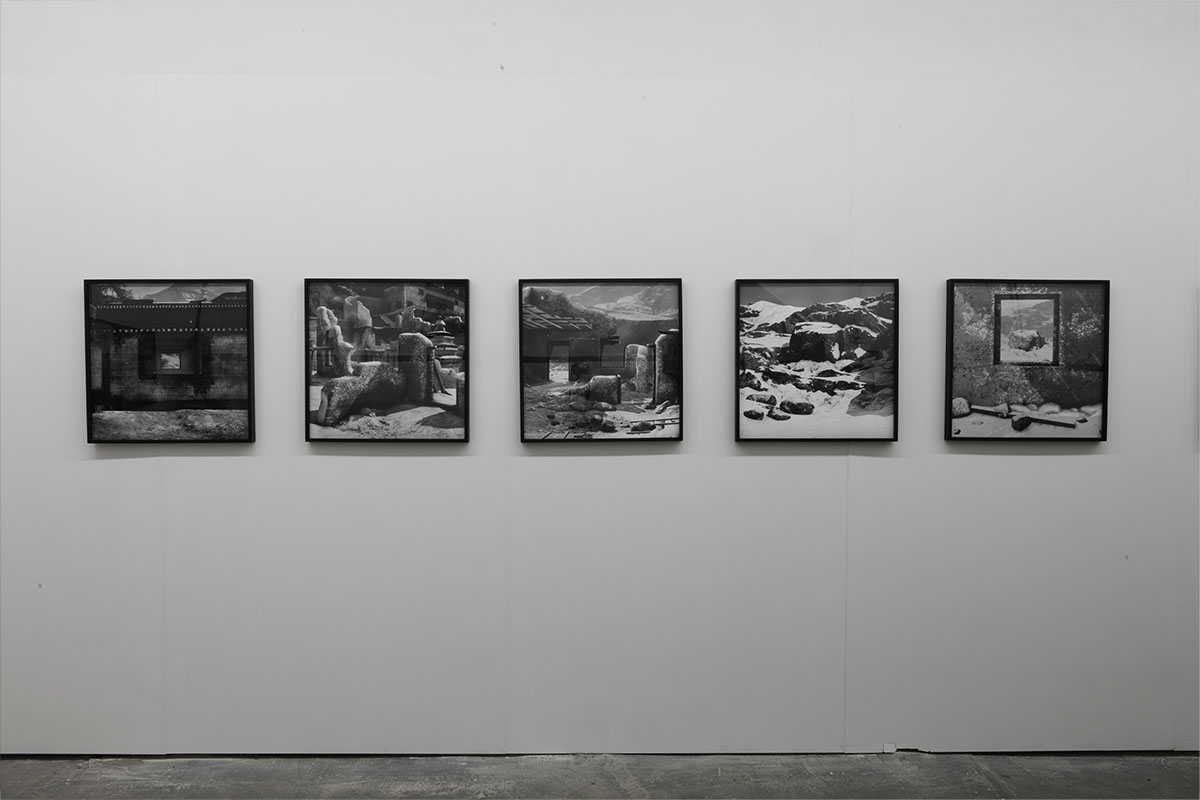
Offduty (Version 3)
At Artspace New Haven
Berry's installation proposes the video game as a site for non-competition, aesthetic wanderlust and contemplation. Two high-definition monitors display magnificent skies that transition from day to night. While the videos appear to be documentary footage, the recordings are revealed as vistas from the fictional landscape of Skyrim, a video game developed by Tod Howard in 2011. Upon its release, Skyrim received rave reviews for its "open world" format, which allows players the freedom to travel anywhere at any time and to ignore the main quest indefinitely, gaining points even for sensitive activities, such as picking flowers.
The only action a player is not allowed to do is stop playing-this is the moment Berry's work kicks in. After two minutes of stillness or, in this case, sky-gazing, the game rejects the player, pulling the camera's gaze away from the landscape and pointing it back at the player's avatar. Berry re-constitutes the moments where the player ceased to play and decided to simply be still, stitching together those stretches of sky-gazing into a 24-hour showcase. The videos are timed so that noon on one screen meets midnight on the other.
Offduty recognizes a great paradox of the virtual world-players who enter these supremely creative tapestries feel real emotions, create formative memories that are not compartmentalized and try on new bodies and personas. These worlds are legitimate sites for meeting the other, coming of age, making decisions and passing time. The game too behaves and develops an intimate and responsive role with its player. In the face of this existential dilemma, where the real world and the digital blend into one, Berry searches for the space where the game shows itself, asserts its power, and reveals its physical limits.
